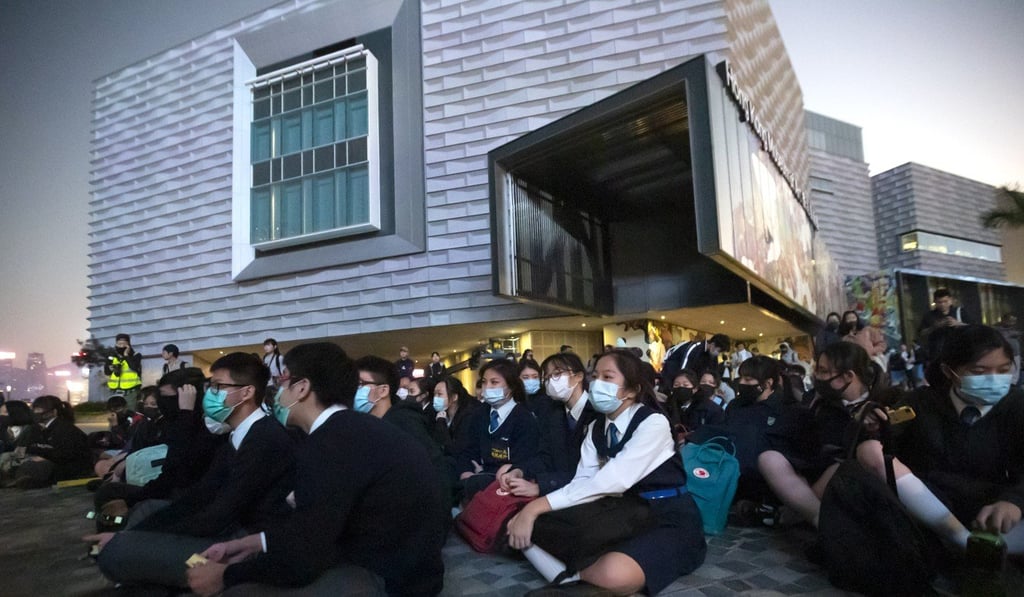Advertisement
Opinion | How the Hong Kong Museum of Art can stay relevant, during a time of political turmoil and beyond
- The return of HKMoA in a time of crisis is an important reminder of what shaped Hong Kong. In future, however, will the government-run museum be able to showcase Hong Kong contemporary art that is critical of the status quo?
Reading Time:4 minutes
Why you can trust SCMP
0

I am standing in front of floor-to-ceiling windows admiring the view I will never tire of: a dense jungle of skyscrapers against the backdrop of Victoria Peak under a blue sky; in front, a vast body of water on which ships, ferries and junks sail from one end to the other, with wakes spreading out behind. The vitality of Hong Kong lives on.
This glorious living scroll of Victoria Harbour is the latest and perhaps most magnificent exhibit at the recently reopened Hong Kong Museum of Art (HKMoA), following a HK$934 million (US$120 million) expansion and facelift. In the midst of the ongoing protests, tear-gas canisters could be flying around on Salisbury Road, where the museum has been located since 1991, and it might seem incongruous to be hiding away from the chaos and appreciating art.
But, the truth is, the return of HKMoA in a time of crisis is an important reminder of what shaped Hong Kong.
One might question whether the exhibits, mostly historical, are still relevant to the unprecedented political turmoil rattling the city: isn’t the protest art on the streets much more relevant than artefacts telling the same old Hong Kong stories in some secure, insulated white cubes?
The value of the artworks on show at HKMoA lies not only in their artistic, aesthetic or historical merits, but also in the stories behind them: where they came from, how they ended up in Hong Kong and what they say about the city’s cultural roots.

Advertisement
